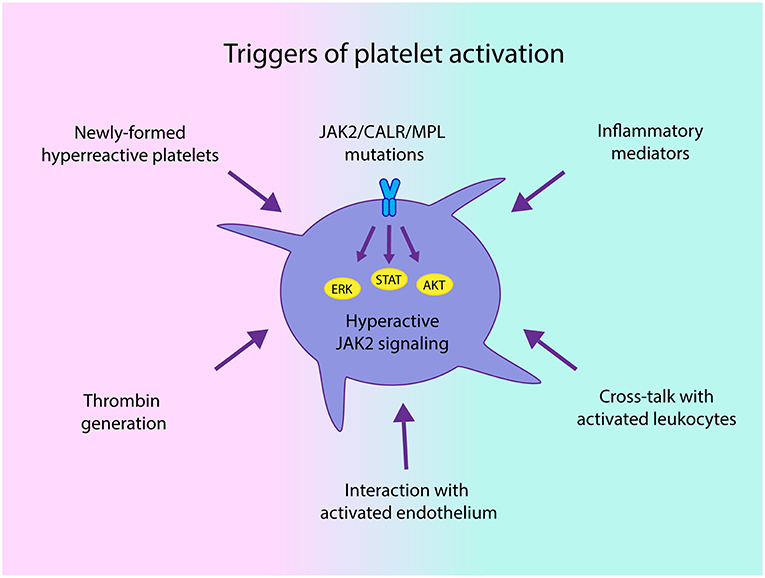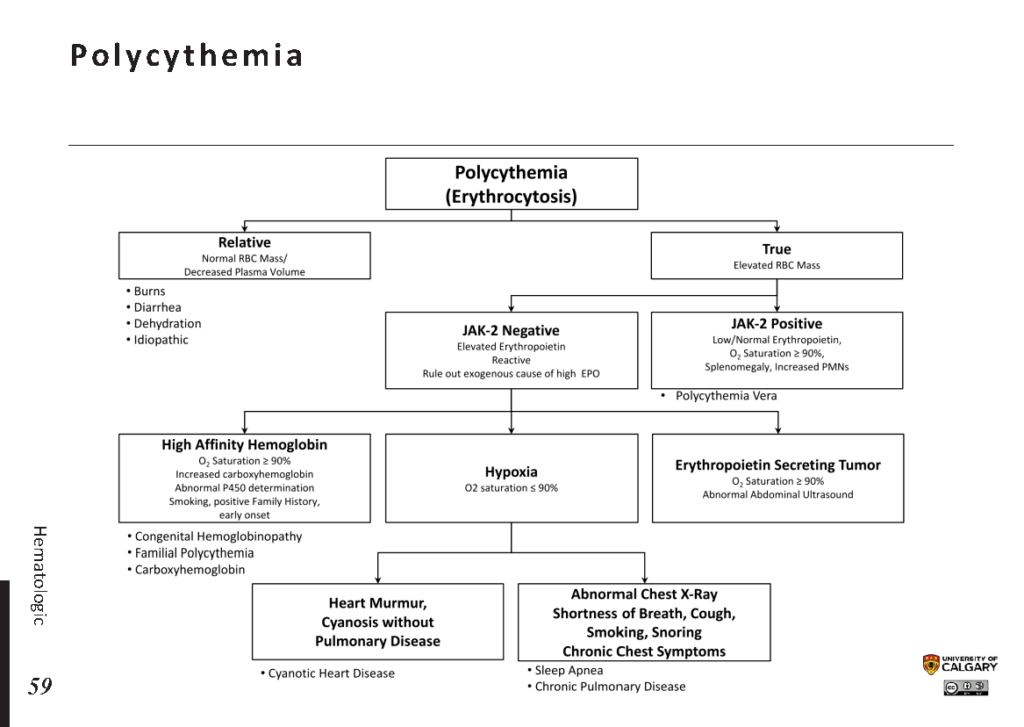Polycythemia, often abbreviated as PV, is a condition characterized by an abnormal increase in red blood cell production. This leads to thicker blood, which can cause complications such as clotting and reduced oxygen flow to vital organs. Understanding the causes, symptoms, and treatment options for this condition is essential for managing it effectively and improving quality of life.

What is Polycythemia?
Polycythemia refers to a group of disorders where the body produces too many red blood cells. Red blood cells are responsible for carrying oxygen from the lungs to the rest of the body. When their numbers increase abnormally, the blood becomes thicker and more viscous, which can lead to serious health issues. There are two main types of polycythemia: primary and secondary.
Primary Polycythemia
Primary polycythemia occurs when the bone marrow produces too many red blood cells due to an inherent problem within the bone marrow itself. The most common form of primary polycythemia is known as polycythemia vera, a rare blood cancer that develops slowly over time. It is caused by a mutation in a gene called JAK2, which regulates blood cell production.
Secondary Polycythemia
Secondary polycythemia arises when external factors stimulate the body to produce more red blood cells. These factors may include low oxygen levels in the blood, certain medical conditions, or lifestyle choices. Unlike primary polycythemia, secondary polycythemia is not caused by a bone marrow disorder but rather by the body’s response to specific triggers.
Causes of Polycythemia
The causes of polycythemia vary depending on whether it is primary or secondary. Below are some of the most common causes associated with each type.
Causes of Primary Polycythemia
- Gene Mutation: A mutation in the JAK2 gene is the primary cause of polycythemia vera. This genetic change disrupts the normal regulation of blood cell production, leading to excessive red blood cell formation.
- Bone Marrow Disorders: In rare cases, other bone marrow abnormalities can also result in primary polycythemia.
Causes of Secondary Polycythemia
- Chronic Hypoxia: Conditions that reduce oxygen levels in the blood, such as chronic obstructive pulmonary disease, sleep apnea, or living at high altitudes, can trigger secondary polycythemia. The body compensates for low oxygen by producing more red blood cells to improve oxygen delivery.
- Kidney Disorders: Certain kidney diseases or tumors can cause the kidneys to release excessive amounts of erythropoietin, a hormone that stimulates red blood cell production.
- Smoking: Smoking reduces oxygen levels in the blood, prompting the body to produce more red blood cells.
- Anabolic Steroids: The use of performance-enhancing drugs, such as anabolic steroids, can also lead to increased red blood cell production.
Symptoms of Polycythemia
The symptoms of polycythemia can vary widely depending on the severity of the condition and whether it is primary or secondary. Some individuals may experience mild symptoms, while others may face more severe complications. Common symptoms include:
Common Symptoms
- Fatigue: Many people with polycythemia report feeling unusually tired or weak, even after minimal physical activity.
- Headaches: Increased blood viscosity can lead to headaches, as the brain receives less oxygen-rich blood.
- Dizziness: Dizziness or lightheadedness is another common symptom, often caused by reduced blood flow to the brain.
- Blurred Vision: Changes in blood flow can affect vision, causing blurriness or difficulty focusing.
- Itching: Many individuals with polycythemia experience intense itching, particularly after taking a hot shower or bath. This is thought to be related to increased histamine levels in the blood.
Severe Symptoms
- Blood Clots: Thickened blood increases the risk of developing blood clots, which can lead to serious complications such as deep vein thrombosis, heart attack, or stroke.
- Hypertension: High blood pressure is a common complication of polycythemia, as the heart has to work harder to pump thickened blood through the body.
- Splenomegaly: The spleen may become enlarged as it works overtime to filter excess red blood cells from the bloodstream.
Diagnosis of Polycythemia
Diagnosing polycythemia involves a combination of physical examinations, blood tests, and imaging studies. Early diagnosis is crucial for preventing complications and ensuring effective treatment.
Blood Tests
A complete blood count is typically the first step in diagnosing polycythemia. Elevated levels of red blood cells, hemoglobin, and hematocrit are key indicators of the condition. Additional tests may include:
- Erythropoietin Levels: Measuring the amount of erythropoietin in the blood can help determine whether the condition is primary or secondary.
- JAK2 Mutation Test: This test identifies the presence of the JAK2 gene mutation, which is characteristic of polycythemia vera.
Imaging Studies
In some cases, imaging studies such as ultrasounds or CT scans may be used to assess the size of the spleen or identify underlying conditions contributing to secondary polycythemia.
Treatment Options for Polycythemia
Treatment for polycythemia depends on the type and severity of the condition. The primary goals of treatment are to reduce the risk of complications, manage symptoms, and improve overall quality of life.
Treatment for Primary Polycythemia
Managing primary polycythemia often involves reducing red blood cell counts and preventing blood clots. Common treatment options include:
- Phlebotomy: This procedure involves removing a portion of the patient’s blood to reduce red blood cell concentration. It is a simple and effective way to lower blood viscosity.
- Medications: Drugs such as hydroxyurea or interferon-alpha may be prescribed to suppress red blood cell production in the bone marrow.
- Low-Dose Aspirin: Aspirin is often recommended to reduce the risk of blood clots, which are a common complication of primary polycythemia.
Treatment for Secondary Polycythemia
Treating secondary polycythemia focuses on addressing the underlying cause of the condition. Treatment options may include:
- Oxygen Therapy: For individuals with chronic hypoxia, supplemental oxygen can help normalize red blood cell production.
- Lifestyle Changes: Quitting smoking and avoiding high altitudes can reduce the body’s need to produce excess red blood cells.
- Treating Underlying Conditions: Managing kidney disorders or discontinuing the use of anabolic steroids can help resolve secondary polycythemia.
Living with Polycythemia
Living with polycythemia requires ongoing monitoring and proactive management. Regular check-ups with a healthcare provider are essential to track red blood cell levels and adjust treatment as needed. Additionally, adopting healthy lifestyle habits can help minimize symptoms and reduce the risk of complications.
Lifestyle Recommendations
- Stay Hydrated: Drinking plenty of water helps thin the blood and reduce the risk of clotting.
- Maintain a Healthy Diet: A balanced diet rich in fruits, vegetables, and whole grains supports overall health and well-being.
- Exercise Regularly: Moderate exercise improves circulation and reduces the risk of blood clots.
- Avoid Smoking and Alcohol: Both smoking and excessive alcohol consumption can exacerbate symptoms and increase the risk of complications.
Emotional and Mental Health
Living with a chronic condition like polycythemia can take a toll on emotional and mental health. Seeking support from family, friends, or professional counselors can help individuals cope with the challenges of the condition. Joining a support group for people with similar health concerns can also provide valuable insights and encouragement.





